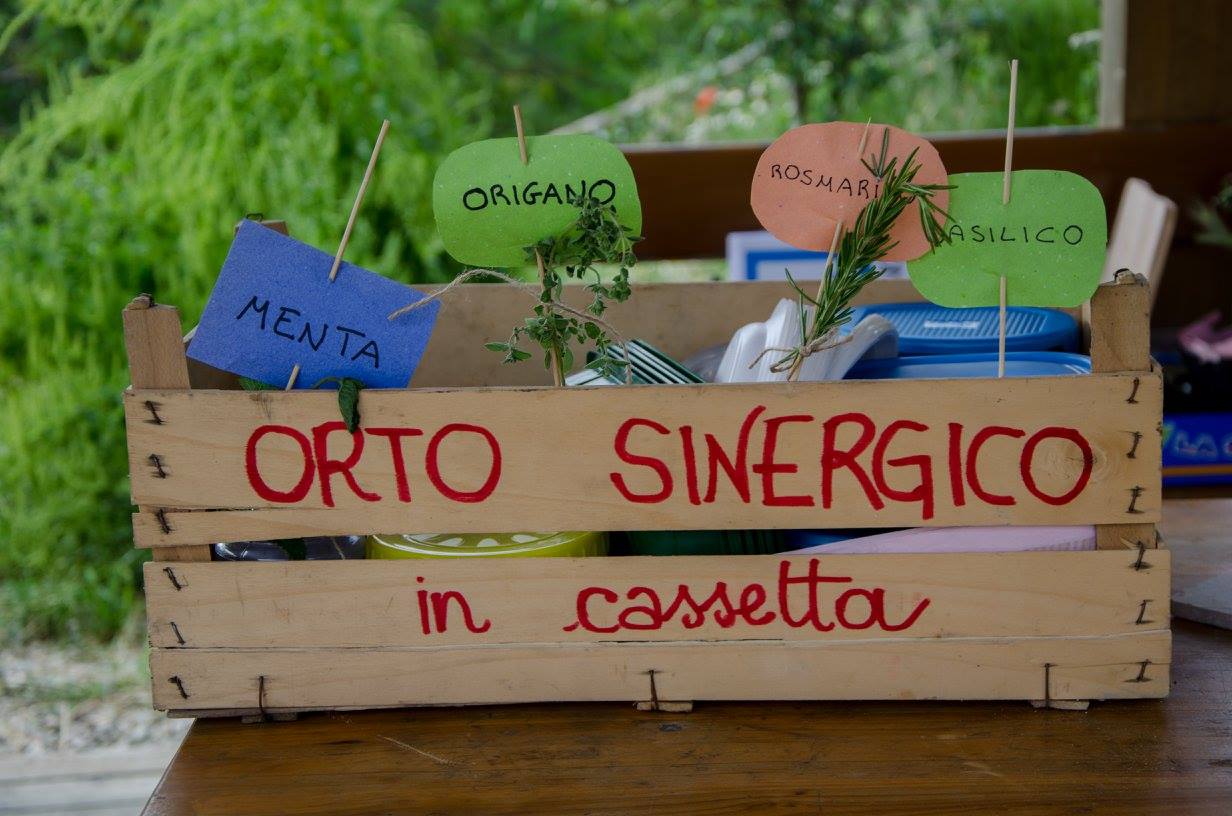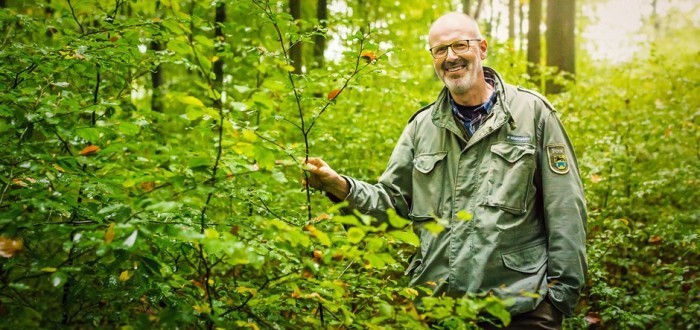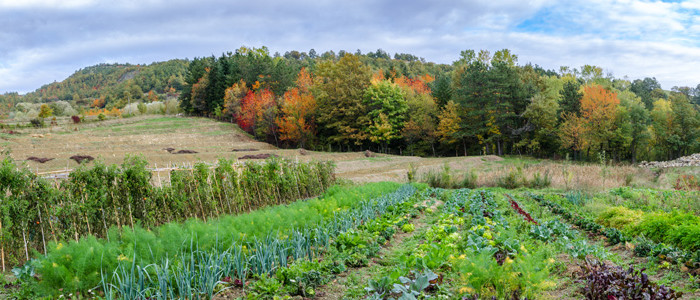What does synergistic agriculture teach to children?
As we already explained in a previous article, synergistic agriculture is a way of farming that respects nature and at the same time can guarantee healthy and abundant crops. Especially synergistic agriculture promotes the strategy of developing soil self-fertility.
Projects of synergistic vegetable gardens have been started in several Italian schools, including kindergartens, but why a synergistic garden can be turned into a greater educational project? What can synergistic agriculture teach to our children?
To take care of the land and enhance biodiversity
Kids learn how nourish the soil thanks to the synergistic action of plants and by covering the soil with mulch. In this way they get to know and learn to identify different plants and beneficial insects and they internalise the concept that there is no need of chemicals in order to have results both in terms of quality and quantity. It could also be a way to make the taste and the consumption of vegetables more attractive to kids, which often are unwilling to eat them.
Earth and plants cooperate with each other
In synergistic agriculture earth and plants work together if the right ecosystem is created. Earth allows plants to grow and, at the same time, plants fertilise the soil and help each other growing thanks to plant consociation. This vision of energies that get together for reaching a common purpose can be also read from a metaphorical point of view. Cooperation among people and respect of diversity that, if enhanced, can bring great wealth and value to the entire society.
There is no waste in nature
Kids learn that in synergistic agriculture green manure, straw, cardboard, compost, sawdust, etc. are not just waste to get rid of, instead they are useful tools when cultivating a vegetable garden. Especially organic waste can turn into a precious resource (compost) to be used when making seedbeds and for transplanting small plants. Straw or sawdust are great materials for mulch, as well as green manure and dry leaves.
To respect nature’s timetable
For the new generations that are growing up with the most advanced technological devices in their hands, the fastest connections and instant communications, learning a new dimension of time, with slower rhythms and repeating cycles, can be a good lesson to our children. Being patient, respecting nature’s timetable and taking care of things over time are teachings that help kids especially in their becoming ethical, respectful and aware adults.
Newsletter
ARGOMENTI
- Activities (8)
- Attività (10)
- Attrattive (16)
- Cosa fare (22)
- Farm products (4)
- Fattoria dell'autosufficienza (40)
- Fattoria dell'autosufficienza (62)
- Fauna (8)
- Flora (5)
- I nostri modelli (15)
- Istruzioni per viaggiare (2)
- News (63)
- News (97)
- Our models (14)
- Permacultura (30)
- Permaculture (23)
- Prodotti della fattoria (4)
- Senza categoria (4)
- Senza categoria (2)
- Things to do (22)
- Tourist attractions (15)







